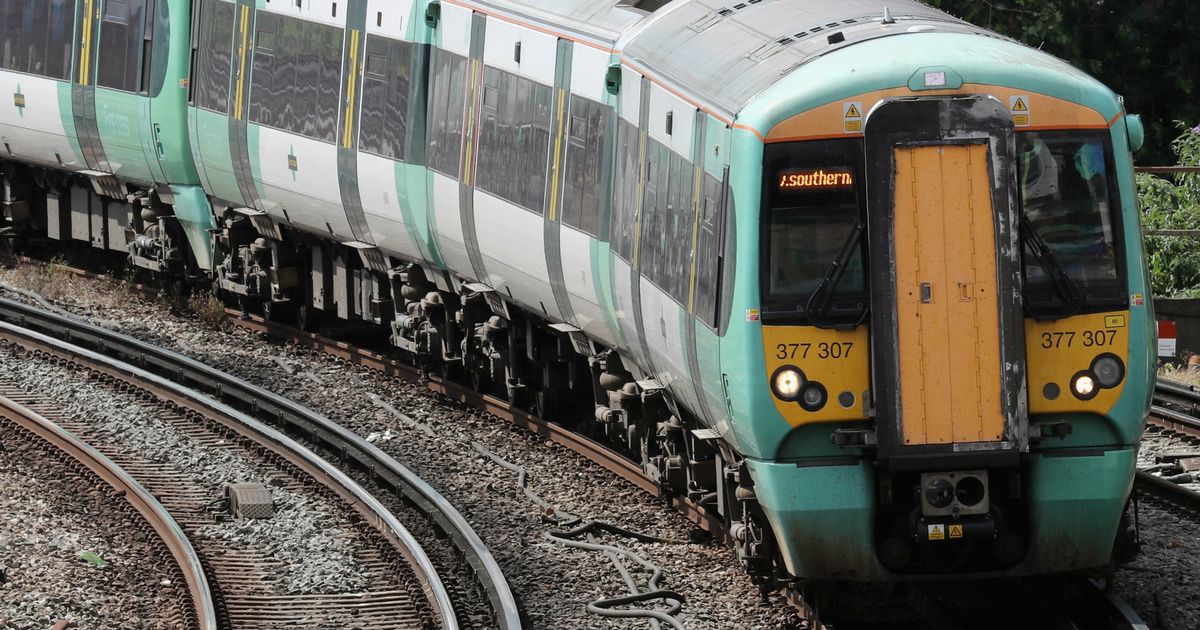Southern Rail’s ill thought out Social Media campaign, ‘Let’s Strike Back’, that launched today is yet another example of how consumer brands fail to learn lessons from previous PR disasters. By putting themselves in a position where they have no control over what already disgruntled customers might possibly say, Southern Rail shows itself as both out of touch and in need of a new Communications team.
To provide some context should you have missed the story, endless strikes along with inadequate staffing levels has resulted in many months of agony for commuters on one of the busiest train routes in the UK. Southern Rail, the business that directs this service, seems to be seeking commuter anger to get the RMT Union to call off its proposed strike dates. Hoping that commuters would back the business by telling the RMT on Twitter how unhappy they were with the strikes in with the #SouthernBackOnTrack, Southern Rail misguidedly (or naively) appeared out of touch.
Unsurprisingly within moments followers were instead backing the RMT, accusing Southern Trains of bullying and trolling tactics and questioning why expensive advertising space had been bought to launch this campaign rather than invested in the service.
If brands are to learn anything from these fiascos, it is that sometimes Social Media is not an appropriate outlet to influence your audience.
Here are 5 things to think about before you even consider sending that tweet…
- Do you really know what your audience wants? Even if you think you do, if the issue is emotive, are you just giving your audience another excuse to vent publicly about your perceived shortcomings?
- Do you have anything positive or constructive to say? Even if you think you know what your audience wants, it is never advisable to be divisive. Negative sentiments are unprofessional at best, at worst corrosive, and open you up to criticism right back at you.
- Perhaps you do have something of value to say, but is a 140 character tweet and a carefully chosen hashtag the way to communicate it? Are you oversimplifying the situation just to crowbar it into a Social Media setting? Emotional and business issues are usually far more nuanced than a tweet and hashtag can convey.
- Remember, even the best thought out tweet can be read out of context. We doubt whether the Social Media team at Southern Rail thought that they appeared to be bullying their workforce. No doubt they believed they were getting behind their customers. But a call to action to tell a trade union to stop strikes when no wider explanation has been given has led to Southern Rail’s Social Media team fielding negative comments and explaining complex issues such as why they are suffering from staff shortages. The campaign pulled one issue out of context and pitted two sides against each other, much like a divorcing couple might do to their mutual friends. But it’s probably much more complicated than that.
- Lastly, if you are going to put your audience in control you need to ideally be confident of how it will go. Failing that you need a cast iron crisis management plan. So far it seems that Southern Rail’s campaign didn’t have one of those either.
At the time of writing the initial campaign tweet had received just 76 retweets and 65 likes with hundreds of tweets using the hashtag to support the RMT or bash Southern’s service. Neither outcome is what Southern would have wanted but both were utterly foreseeable.
Lucia (AT) ilexcontent.com


Comments are closed.